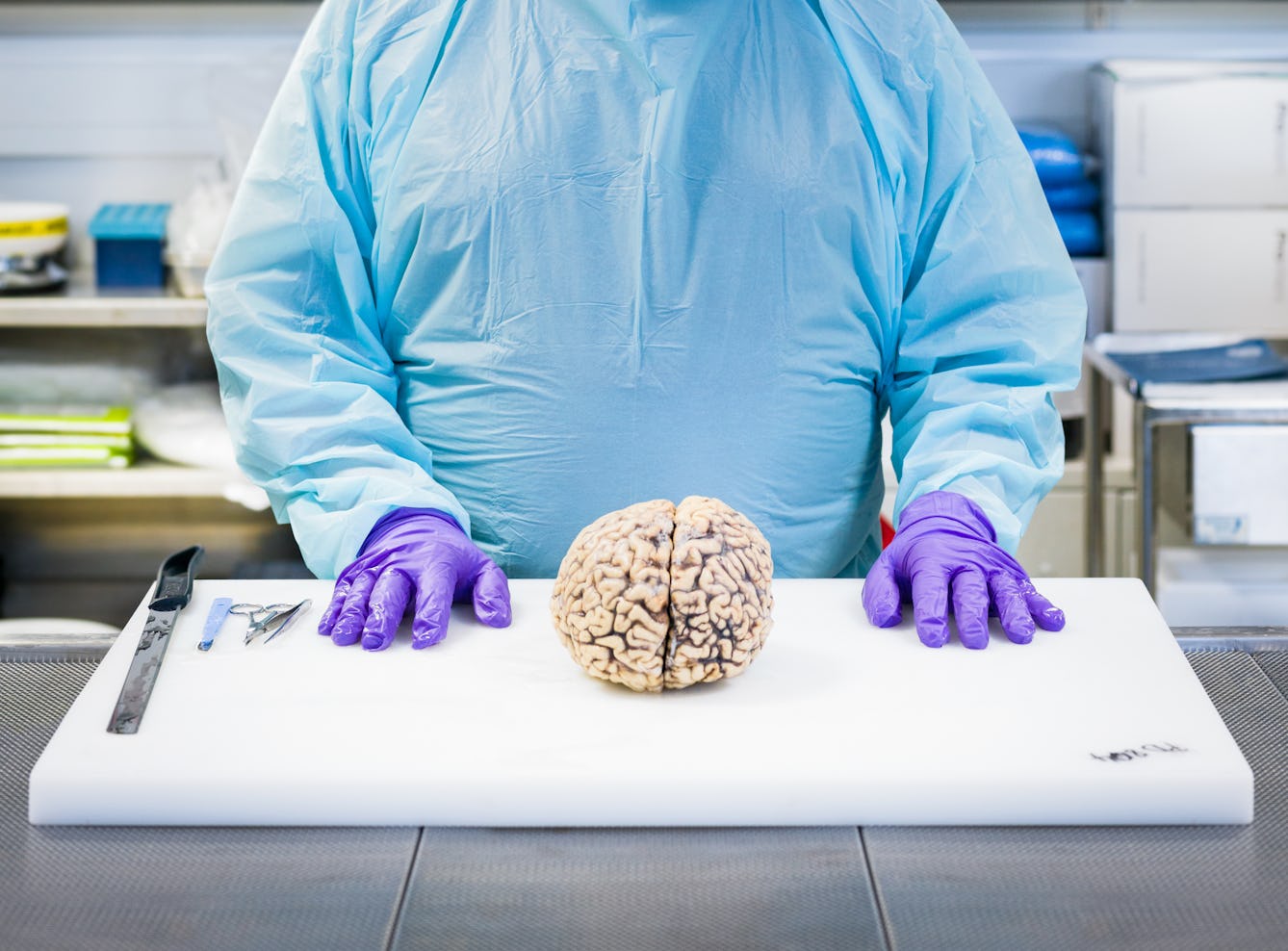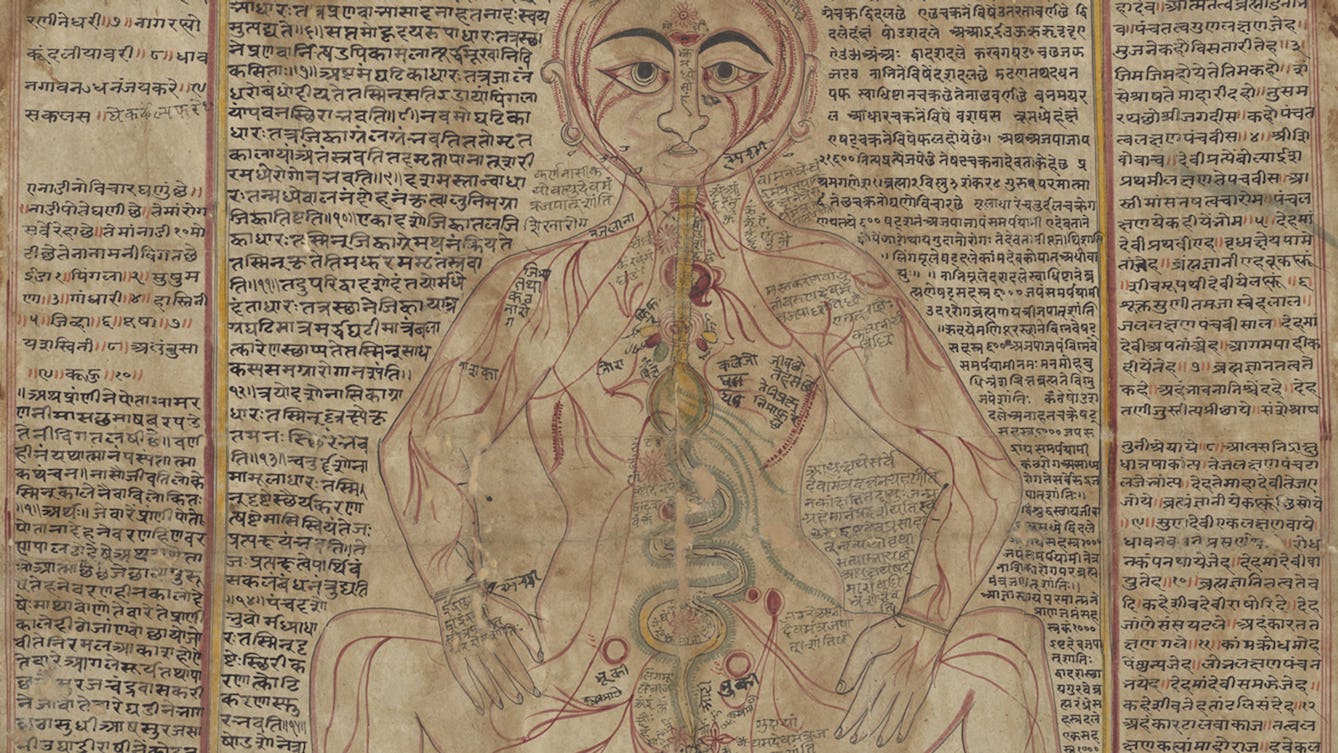Stories

- Article
The anatomy of a brain dissection
Dissecting the brain after death not only helps confirm a diagnosis, but it can also teach us so much more about the symptoms and causes of brain diseases and how to treat them.

- Article
Mapping the body
These intricate anatomical drawings show how Ayurveda practitioners have explored the human body and how it works.

- Book extract
Your gut’s instincts
Cultural historian Elsa Richardson explores the stomach’s influence over our emotions, and why trusting your gut is often good advice.

- Article
Wonder years
The confusion and secrecy surrounding his condition seriously affected Chris’s mental health, blighting his teenage years. But somehow he began to hope and plan for the future.
Catalogue

- Pictures
- Online
Muscles of the foream and hand. Coloured drawing, 18--.
Date: [between 1800 and 1899]Reference: 678499iPart of: Human anatomy. Album of watercolours and drawings, 18--.
- Pictures
- Online
Muscles of the neck: sixteen figures. Coloured drawing, 18--.
Date: [between 1800 and 1899]Reference: 678495iPart of: Human anatomy. Album of watercolours and drawings, 18--.
- Pictures
- Online
Muscles of the hand and foot: twelve figures. Coloured drawing, 18--.
Date: [between 1800 and 1899]Reference: 678494iPart of: Human anatomy. Album of watercolours and drawings, 18--.- Pictures
Muscles of the human body. Colour lithograph after Sir W. Turner.
Turner, Wm. (William), Sir, 1832-1916.Date: [1900?]Reference: 728226iPart of: W. & A.K. Johnston's series of anatomy charts
- Pictures
- Online
Muscles of the neck: front view from below. Coloured drawing, 18--.
Date: [between 1800 and 1899]Reference: 678500iPart of: Human anatomy. Album of watercolours and drawings, 18--.
![Engravings, explaining the anatomy of the bones, muscles and joints / [John Bell].](https://iiif.wellcomecollection.org/image/L0049941/full/420%2C/0/default.jpg)
![Engravings, explaining the anatomy of the bones, muscles and joints / [John Bell].](https://iiif.wellcomecollection.org/image/L0022468/full/282%2C/0/default.jpg)







